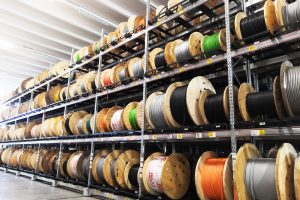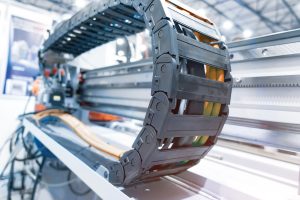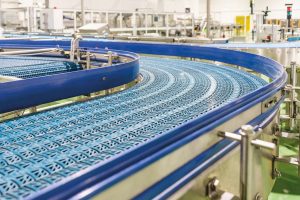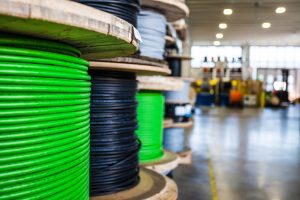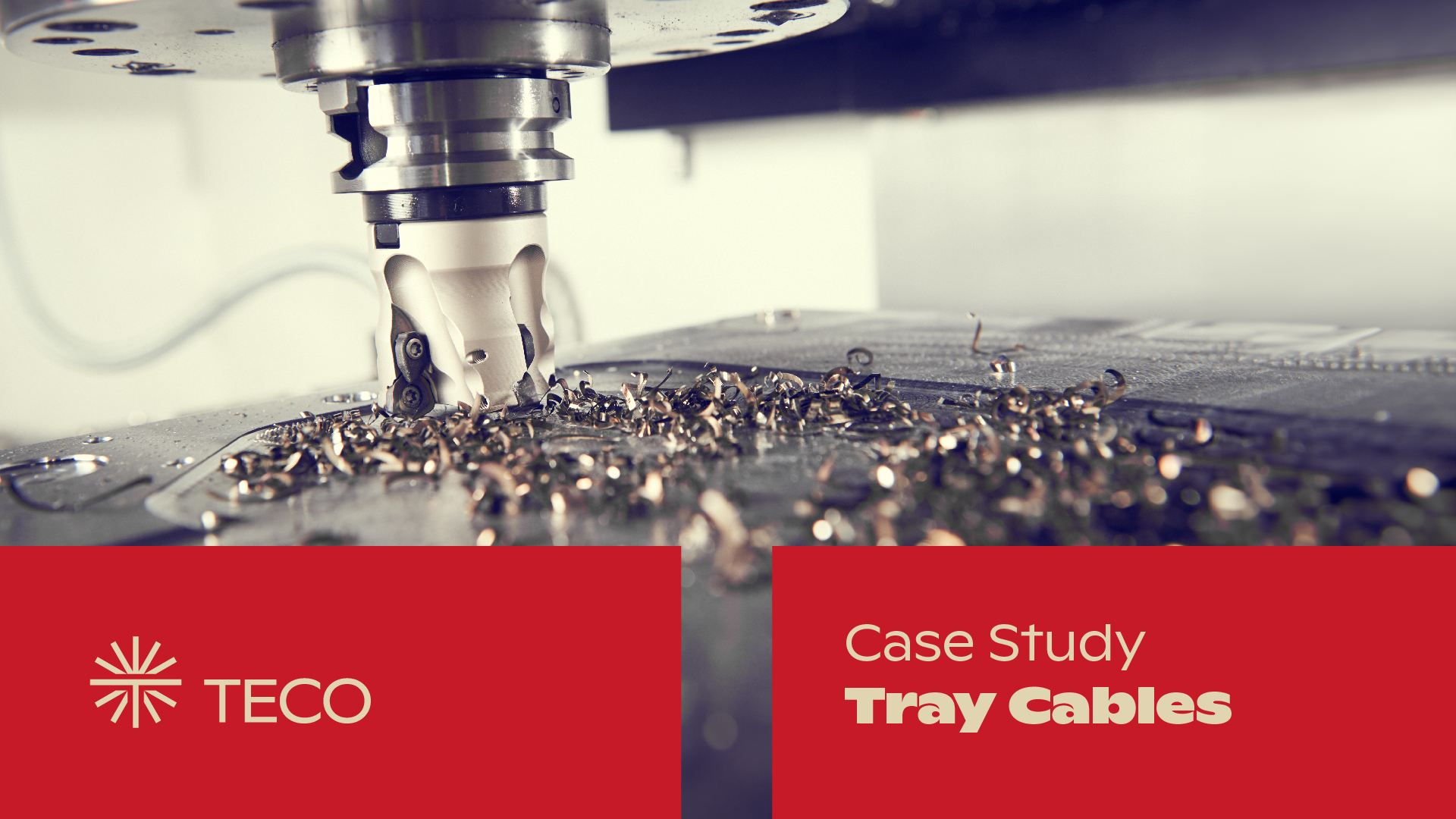[av_one_full first]
[av_textblock size=” font_color=” color=”]
With regard to the use of special cables in facilities, the competent Bodies have established criteria and rules applicable to the nominal working voltage of the cables that are put in the same conduit.
This topic must be approached from two angles:
- Legal, which deals mainly with safety.
- Technical, which is related to function.
Let us consider the rules dealing with the construction of machinery in the European/International and North American markets, IEC/EN 60204-1 and NFPA79.
Both regulations require that the special cables inside the same conduit must have a nominal working voltage equal to or higher than the highest voltage in any of the circuits in that conduit.
Here is an example. If in a single conduit there is a cable that powers a 400 V motor and a cable that powers a 120 V contactor, the nominal working voltage of both cables must be equal to or higher than 400 V. Needless to say, the cable used will be the one with the closest nominal working voltage (e.g. TECNIFLEX 450/750 V).
Additionally, the IEC/EN 60204-1 regulation requires power circuits (i.e. circuits that power appliances) to be separate from command and control circuits.
From a purely technical point of view (i.e. functional) it is well known that the power conductors powering electric motors through inverters emit electrical high frequency disturbances that damage nearby conductors. These disturbances do not damage other power conductors but do affect analog and digital signals that circulate on an encoder cable or a bus cable.
The use of shielded special cables improves the situation but does not exclude problems a priori.
Considering both aspects, the conclusion is that the best solution is to separate power conductors from signal-transmitting conductors, which means putting them in different conduits.
This solution allows us to make a standard product that satisfies the requirements of both regulations and prevents faults, which could cause a work interruption even during the machine’s long life.
In this way it is easy to solve the problem of different working voltage of the special cables for power supply (e.g. Uo/U 450/750 V or 1000V UL) and for signal transmission ( Uo/U 300/500 V or 30-300 V UL ) – they just need to be in different conduits.
If you are interested in learning more about this, please contact us!
[/av_textblock]
[/av_one_full]

